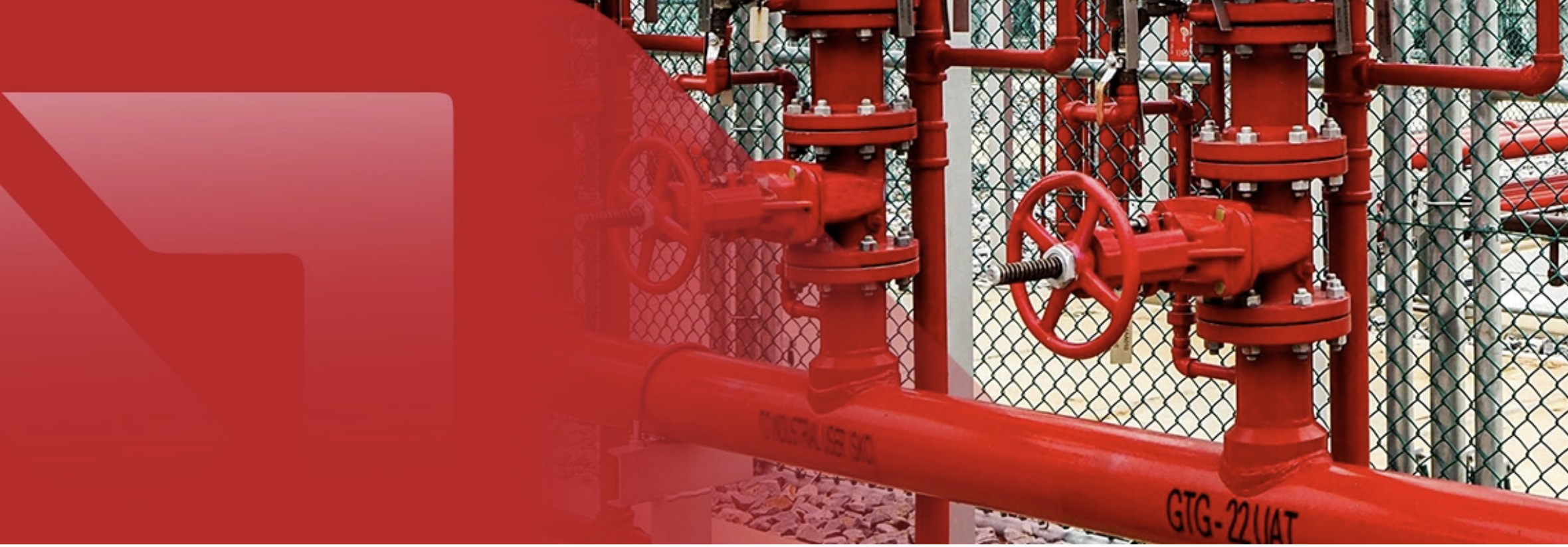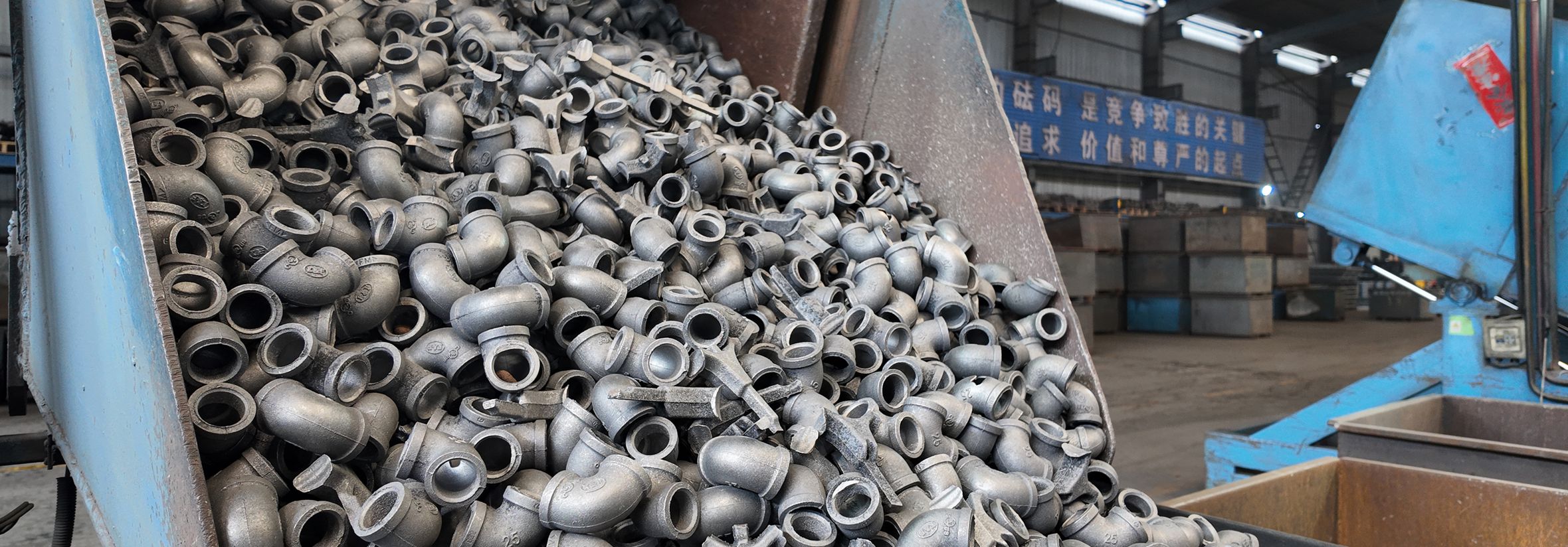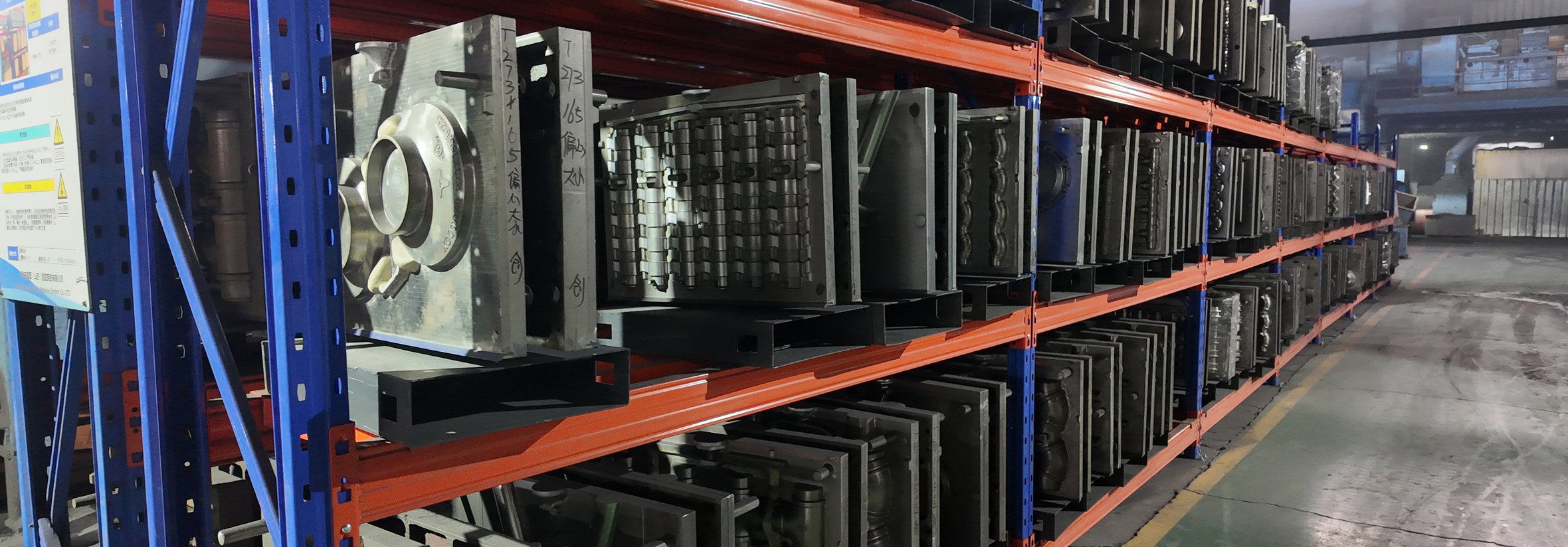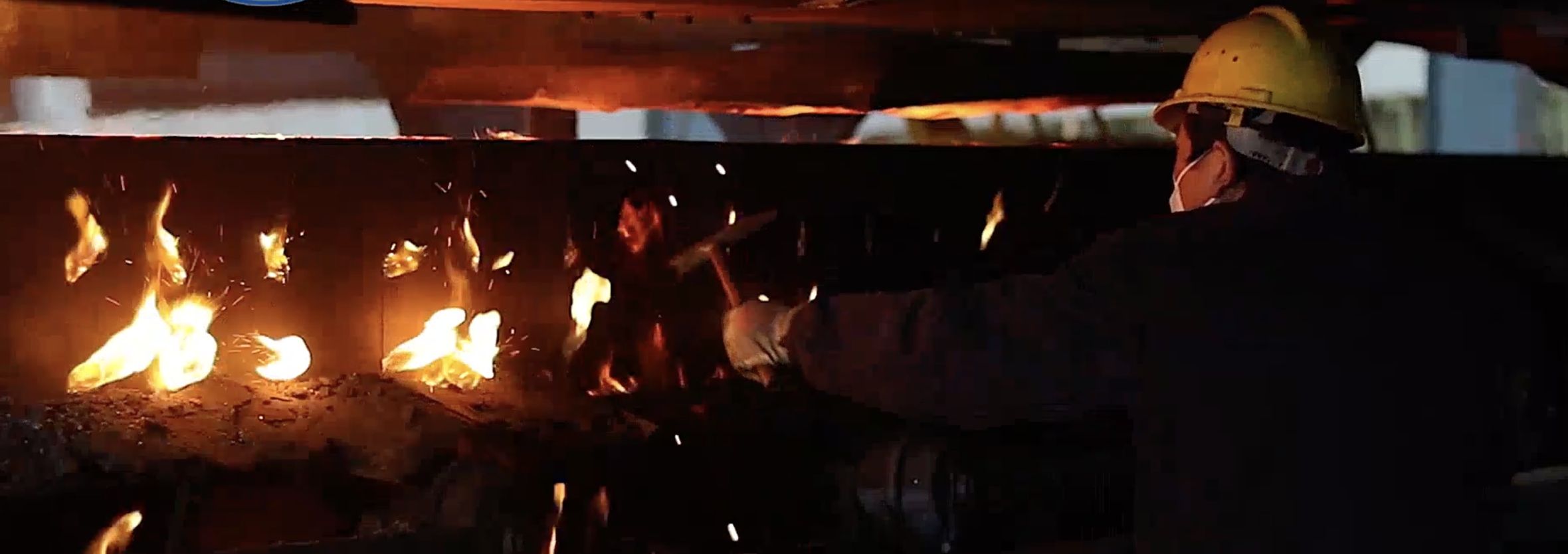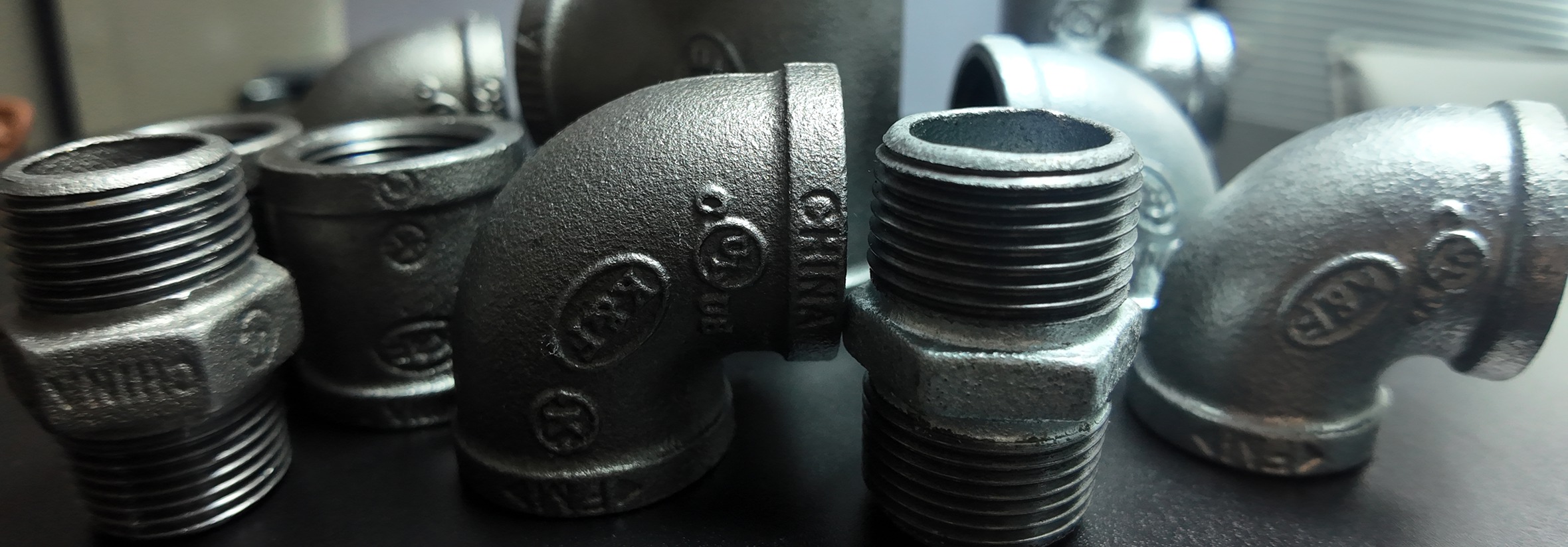Threaded Malleable Iron Fittings
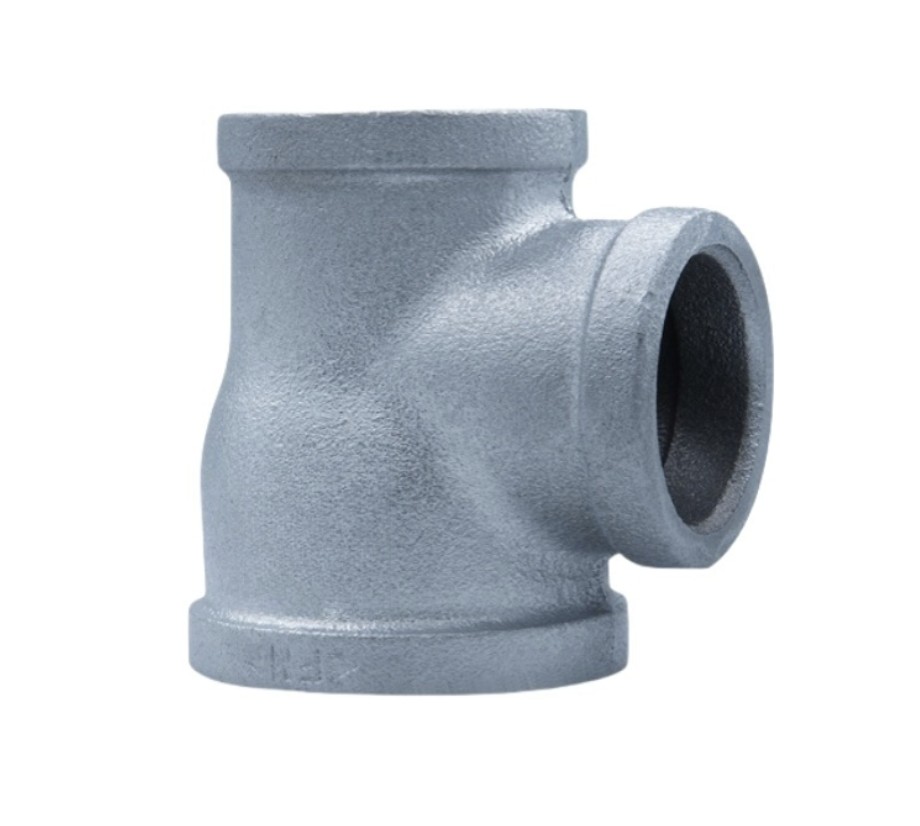
Challenge We Solve
In any piping system, long-term leak-tight connections depend on three things: product quality, application fit, and proper installation. If any one fails, you risk leaks, downtime, and higher maintenance costs.
Our Commitment
Maito Lead delivers high-quality, fully traceable, application-matched fittings that turn “reliable connection” into a repeatable outcome—project after project.
Overview
Our malleable iron threaded fittings—core PVF components—span elbows, tees, crosses, unions, couplings, caps, plugs, reducers, bushings, locknuts, and more, with black or hot-dip galvanized (HDG) finishes and BSPT/BSPP/NPT threads.
Types of Malleable Iron Pipe Fitting
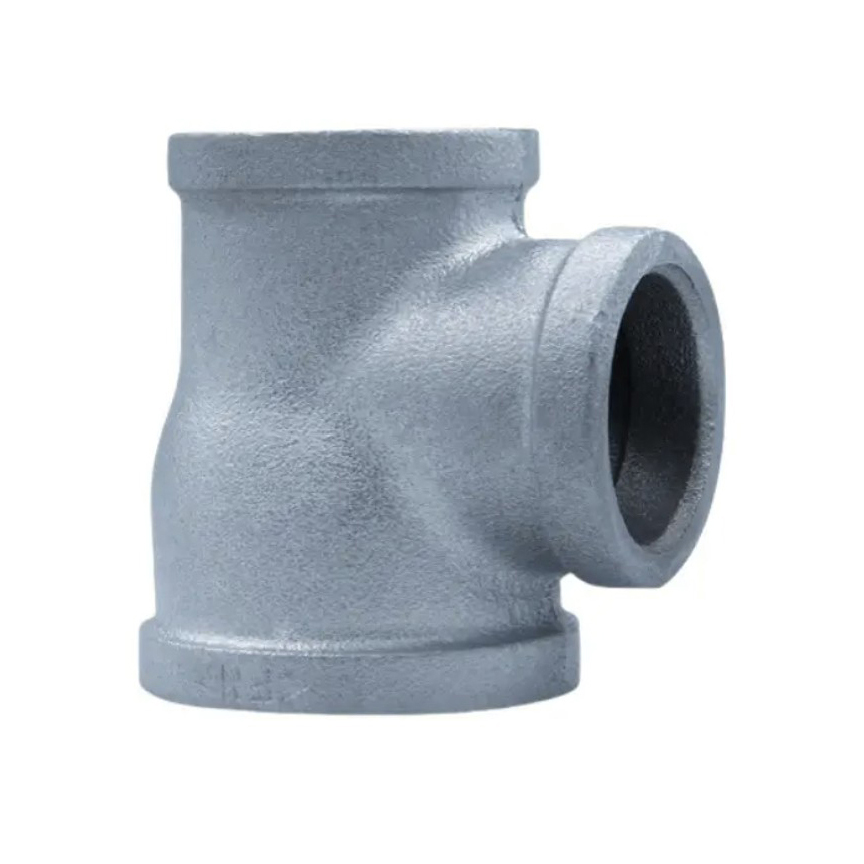
Galvanized Malleable Iron Reducing Tee 25×20×20
High-quality malleable iron reducing tee for joining different pipe sizes; black or HDG finish, BSP/NPT threads for durable, easy installation.
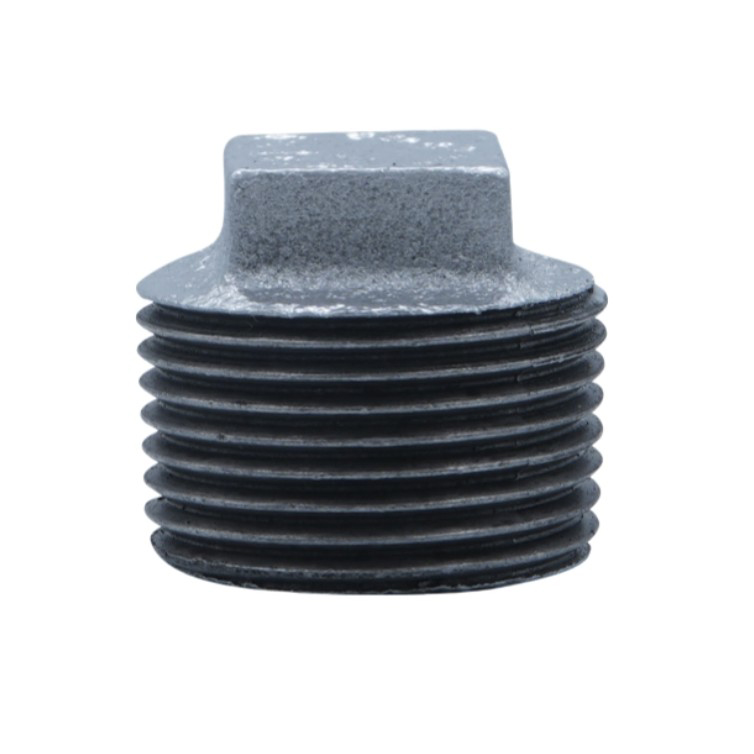
ISO 7-1 BSP Malleable Iron Square Plug
ISO 7-1 BSP threaded square plug in black or galvanized finish; corrosion-resistant end closure with FM/UL compliance.

Black Malleable Iron Reducing Elbow (BSP/NPT 90°)
90° reducing elbow for tight spaces and size transitions; durable black or galvanized finish for plumbing, gas, fire, and industrial use.
Production Process and Technology
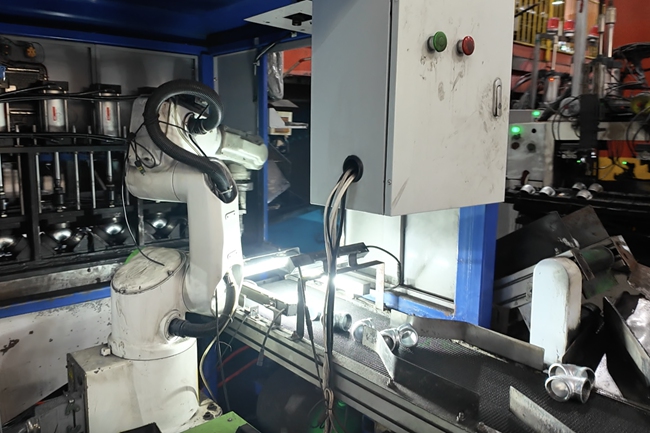
1. Molding
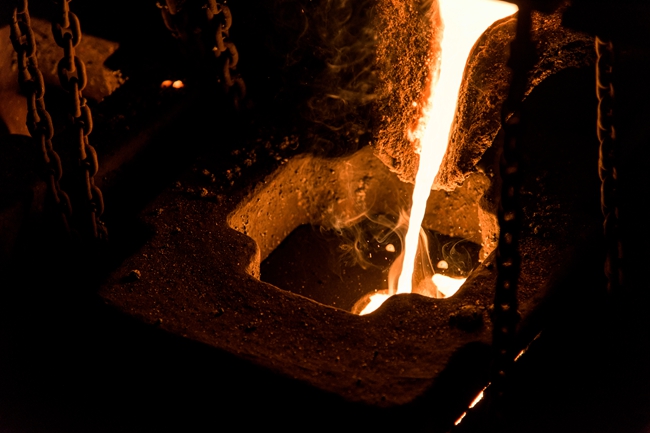
2. Melting
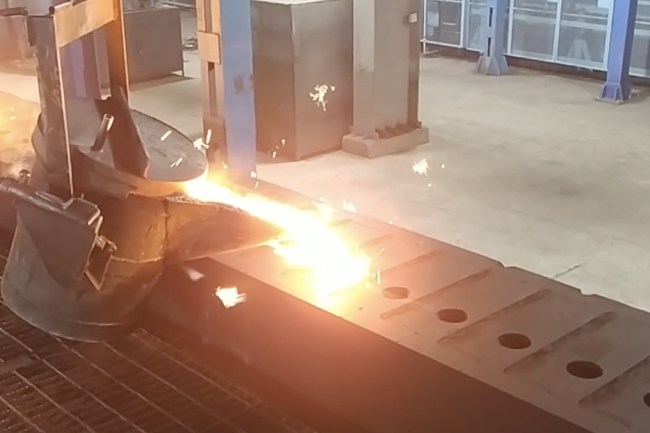
3. Pouring
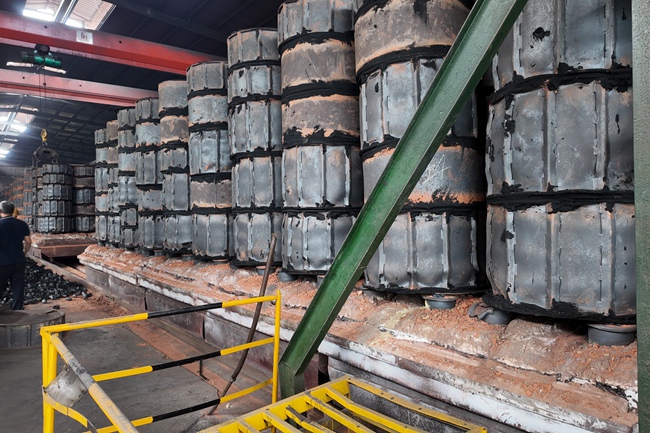
4. Annealing

5. Polishing
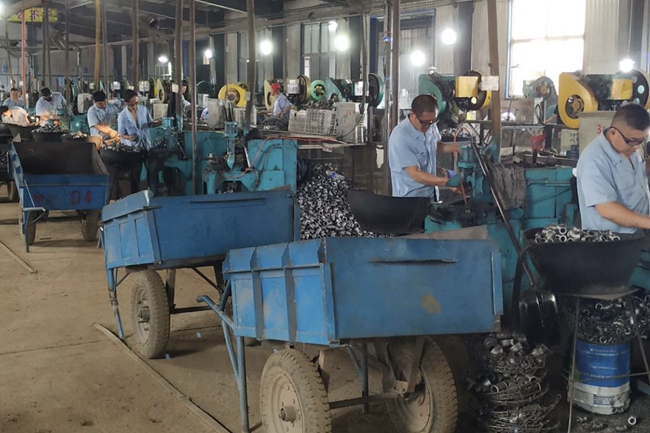
6. Correction
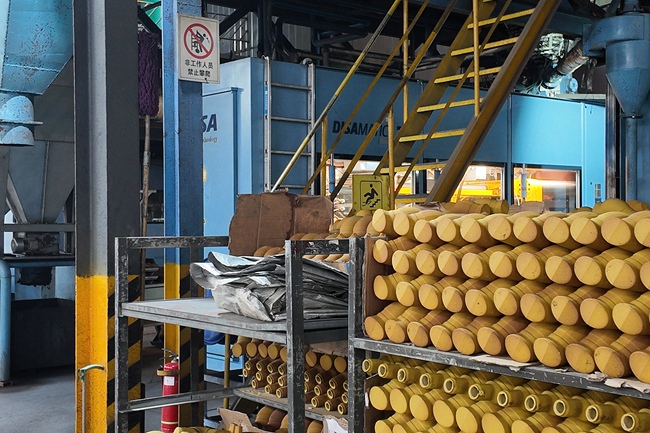
7. Grinding
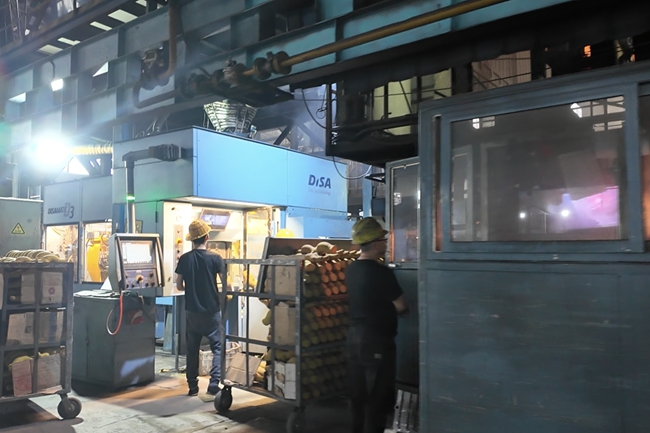
8. Edge Marking
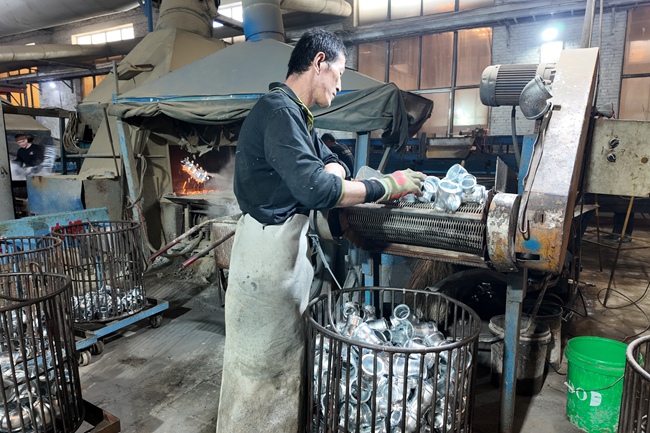
9. Galvanizing
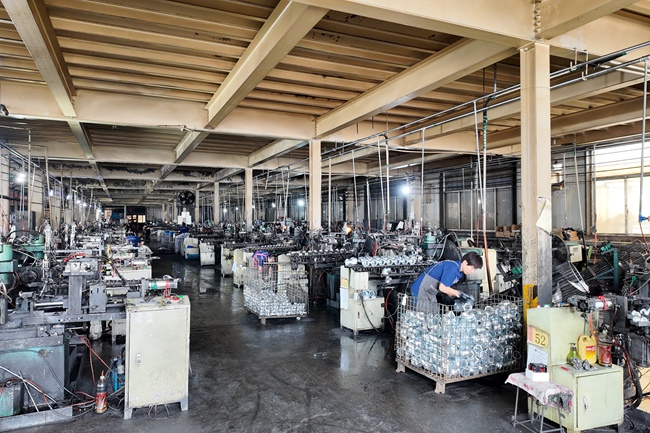
10. Threading

Product Advantage
Malleable iron construction delivers pressure-rated strength and impact/vibration toughness, while precision threads ensure tight, repeatable seals. HDG finish extends service life in humid or lightly corrosive environments, and standardized dimensions speed installation and fit common pipe, valve, and instrument interfaces.
Applications of Malleable Iron Pipe Fitting
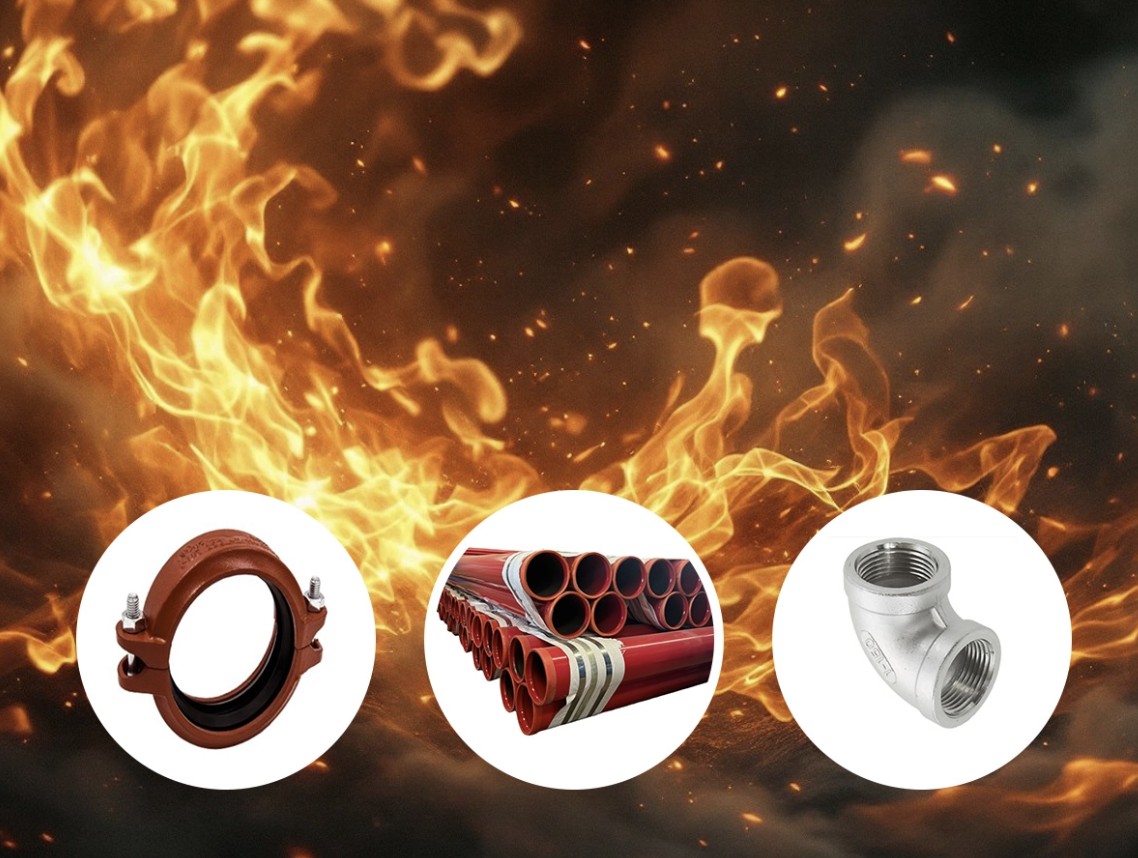
Fire protection systems (sprinkler, hydrant, standpipe).
Leak-tight threaded joints handle pressure and elevated temperatures in code-driven networks. HDG options improve corrosion resistance; FM/UL availability supports compliance and predictable maintenance.
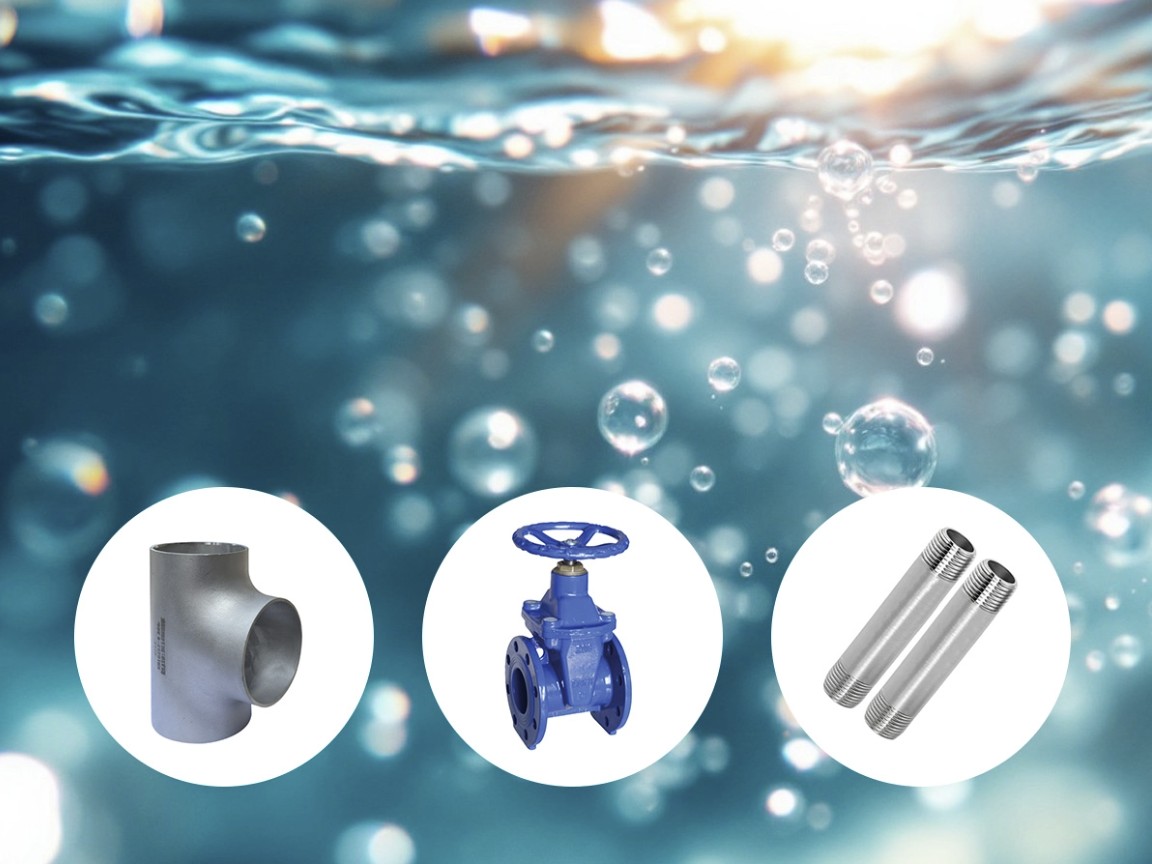
Water systems (treatment, distribution, plant utilities).
Durable, economical connections deliver reliable sealing through vibration and thermal cycling. Black/HDG finishes and BSPT/BSPP/NPT threads ensure interchangeability across sites.

HVAC systems (chilled/hot water, AHU/FCU, cooling towers).
Standardized dimensions enable fast, clean tie-ins and retrofits in equipment rooms and risers. Precision threads maintain leak-tightness over service life, reducing downtime and maintenance cost.
Why Choose Maito Lead
Choose Maito Lead for a one-stop PVF portfolio. Our products are specified on code-driven, landmark projects such as Beijing Daxing International Airport and Shanghai Financial Center, as well as major developments across the Middle East and Africa.

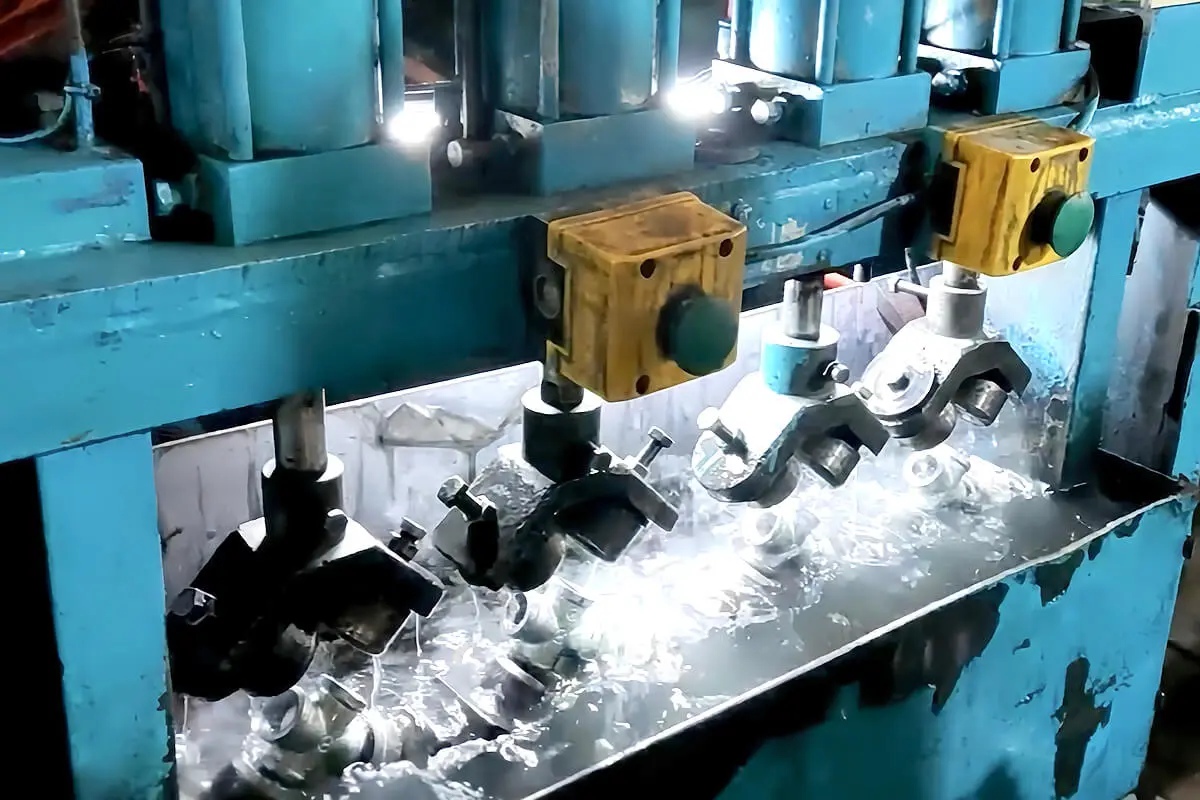

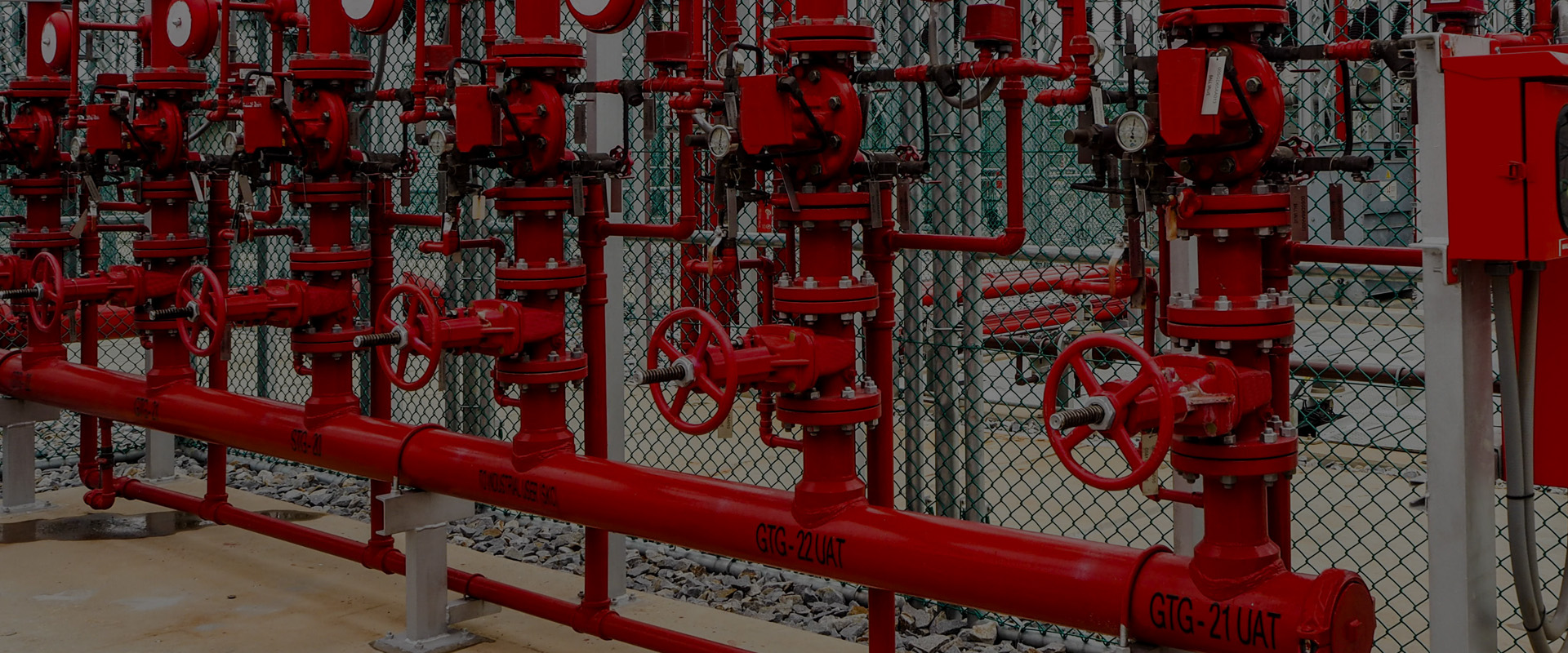
Get Touch With Us

CONTACT INFO
+86-130-1137-4563
+8618833207623
Room 914, Xintiandi Building, No. 349 Nanjing Road, Nankai District, Tianjin

